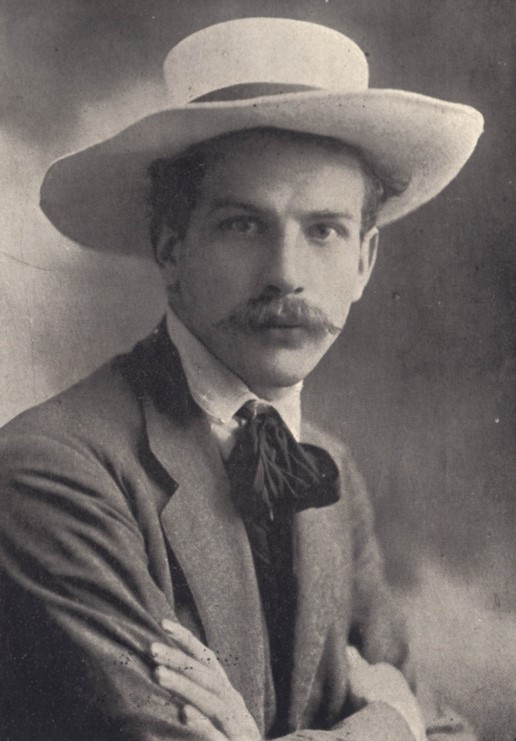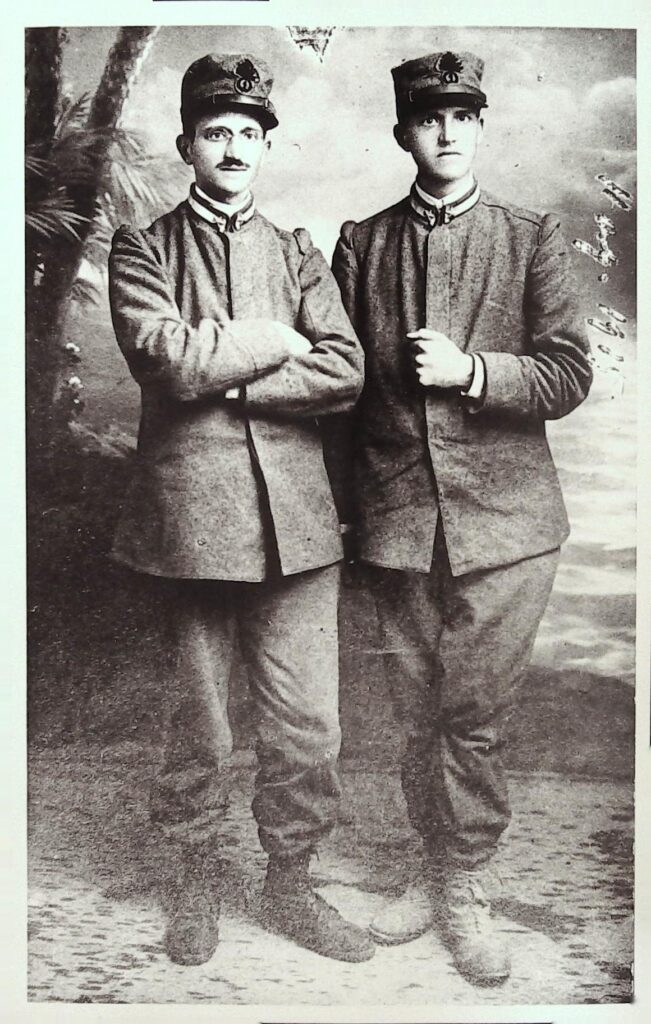Scipio Slataper
“First and foremost I am a man. Then I am a poet (and not a writer). Then I’m a triestino (that is, without a literary tradition but I have to do everything myself).”
Lettere alle tre amiche (1958)
After finishing high school, in 1908, Slataper moved to Florence where he collaborated, together with other people from Trieste, on the “Voce”, founded by Giovanni Papini and Giuseppe Prezzolini. In 1909 his Lettere triestine were printed in the magazine, halfway between the story of a mysterious land told by an indigenous person and the invective of a rebellious son against a city that Non ha tradizioni di coltura (the title of the first article) and which failed to take care of its own cultural institutions.
“I will never write another line on Trieste issues. I will write in a triestino fashion instead. On Sunday, in the snow, I felt the frightening strength that exists in our Karst, in my city.” In this letter to Prezzolini from January 1910 we can see the announcement of Il mio Carso (1911). Inner autobiography, lyrical prose, intimate diary or expressionist portrait, there have been many definitions for a work that captures the ensemble of the landscape, the soul of Trieste and its author.
Slataper, with his exuberance, his intellectual energy, his exaltations (from that to “Slavic barbarian” to his calls for “cultural irredentism”), his love of Trieste’s cultural diversity, and for the “city of work” before his, final, tragic end at 27 years old in the trenches of the Karst, has gathered many contradictory definitions including those of socialist, republican, irredentist, pro-Slavic, interventionist, pacifist and martyr.
Giani Stuparich in trincea, 1916 – coll. Fototeca CMSA
Giani Stuparich
??????
Un anno di scuola (1929)
With Scipio Slataper, Stuparich shared his youth, opinions, aspirations, friendships and loves. In Trieste they both attended the Dante high school, where Stuparich later taught and to which he dedicated the story Un anno di scuola. In Florence they were still together in the editorial office of the “Voce”. At the outbreak of the war they both enlisted in the Italian army. His friend and brother Carlo died in the trenches, leaving Giani with an enormous sense of guilt.
Giani himself divided his life into the “before” and the “after” World War One. He reworked the memories of his childhood in the novel L’isola (1942), set on Lussino-Losinj, and in Ricordi Istriani (1961), while Colloqui con mio fratello (1925), Guerra del’15 (1931), Ritorneranno (1941), the editing of the works of Carlo (Cose e ombre di uno, 1919) and Scipio (Scritti letterari e critici, 1929, Lettere, 1931 and others) are his tribute to the war, to friendship and pain.
A journalist, writer and teacher, Giani led a reclusive life during fascism, which he did not support. In 1944 he was arrested by the German SS and locked up in the San Sabba rice mill, risking deportation and his life, together with his mother and his wife Elody Oblath from whom he separated in 1946 to take up with the writer and publisher Anita Pittoni. He died in Rome in 1961.



